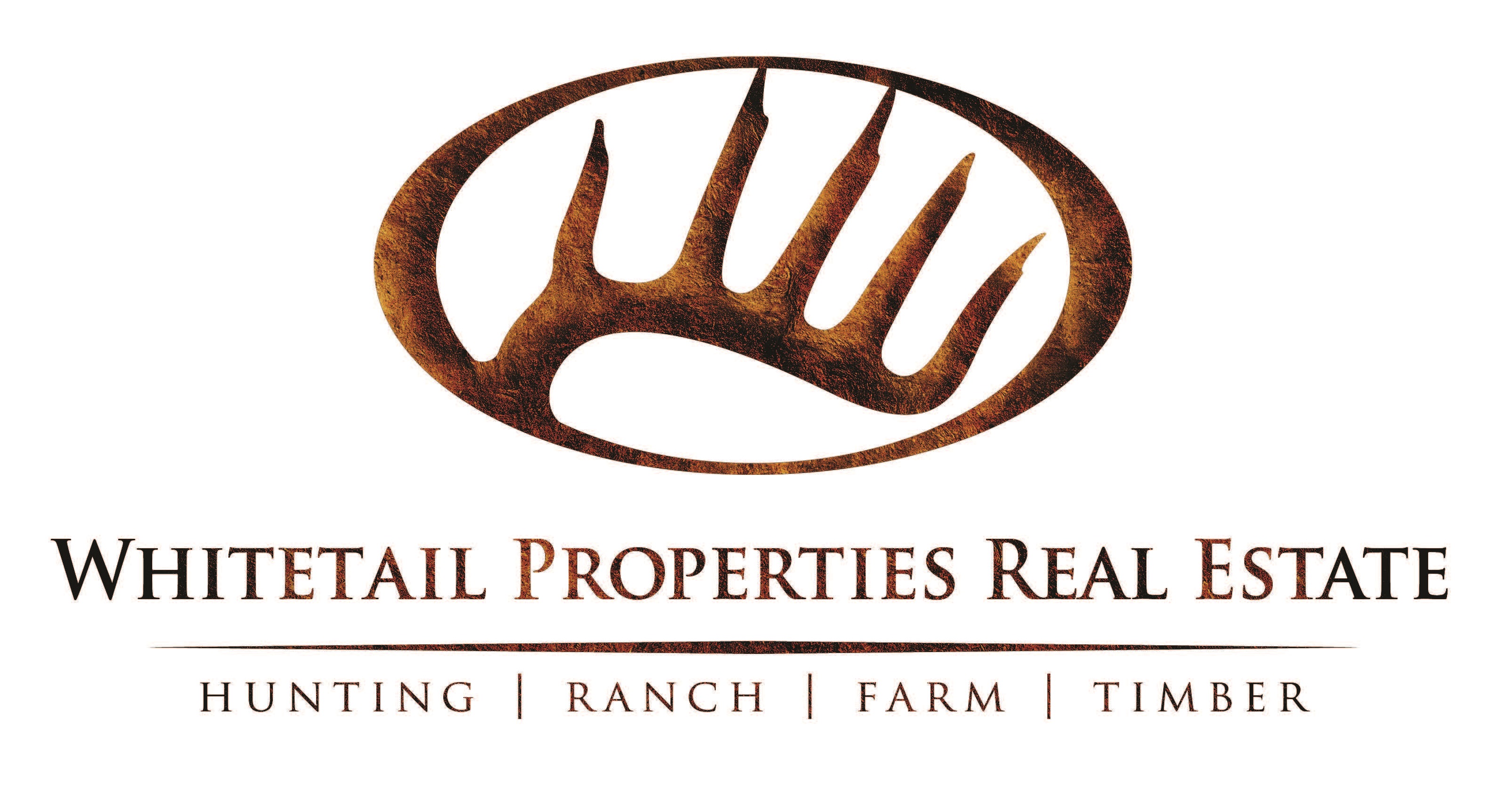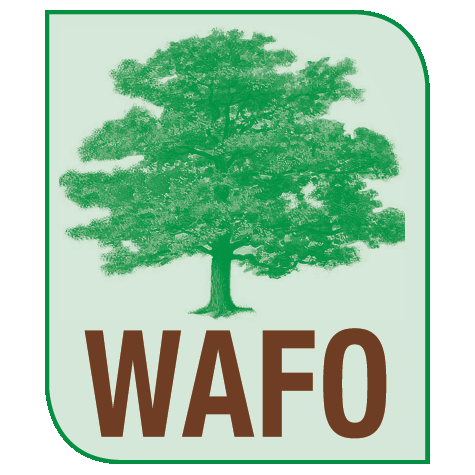If you have been following any type of state political news, you likely have seen that Gov. Walker is proposing to replace the Mill Tax with General Purpose Revenue (GPR) to fund forestry and conservation initiatives for fiscal year 2017-2019. We’d like to take a moment to help you understand what this means to you as a private woodland owner or someone who cares about private woodland ownership.
What is the Mill Tax? The mill tax is a state-portion of the property tax levy. The levy is determined by the state legislature and is applied in terms of a statewide rate ($.1697 per $1,000 of full value).
The Governor’s budget proposal ends the mill tax, thereby eliminating one source of ongoing property tax increases. This tax, which had gone up each time a property’s value increased, will no longer be imposed on Wisconsin property owners. Ending the mill tax will save the median value homeowner approximately $27 per year in the near term and more in the future as home values increase.
What is General Purpose Revenue (GPR)? A sum sufficient appropriation, providing an estimated $88,759,300 in fiscal year 2017-18 and $91,695,600 in fiscal year 2018-19, will be established to ensure continued funding for forestry programs equal to the amount that the state-levied property tax would have raised, thereby ensuring that state payments to the forestry account in the conservation fund are unaffected by this tax relief action.
WAFO understands that are a many pros and cons to this budget proposal and we’ve heard many differing opinions. Here are some facts:
- The mill tax provides approx. 75% of the forestry account budget and funds activities and supports programs such as education, department operations, tourism assistance, grants, and much more. See revenues and expenditures supported by this tax in 2014 for more information. (Note: the cost to support DNR field foresters is approx. $7 million per year.)
- With the elimination of the mill tax, the amount of funds provided to forestry activites after the GPR appropriated funds end in FY 2018-19 is unknown. Without a dedicated funding source, forestry activities will have to compete along with the other demands placed on general tax dollars in future biennium.
- This January, in anticipation of the upcoming budget, Wisconsin’s Legislative Fiscal Bureau (an arm of the legislature) prepared a very detailed summary of all the activities funded by Wisconsin’s segregated conservation fund. Note: Forestry account discussion begins on page 26.
- The mill tax was implemented in 1927 for the purpose of reforesting Wisconsin’s depleted forest land after land was clearcut to make way for an increasing population. There is no sunset provision on the mill tax.
- Read the legalese. State Statute 70.58-Forestation State Tax
Want to share your thoughts on the Governor’s proposal of eliminating the Mill Tax? Please comment on WAFO’s website or on Facebook.
In case you missed it…
On Feb. 21, 2017, Fred Souba, the new state forester who recently replaced Paul DeLong, provided an overview of the State’s Forestry Industry in an informational hearing at the Wisconsin State Capitol. Watch the recorded video.
The DNR is currently in the process of realignment. See what the current proposal will include and how it may affect you. WAFO is monitoring this effort and will work to ensure that landowners continue to receive support, guidance, and assistance from their county field foresters.
Senate Committee on Sporting Heritage, Mining and Forestry Members:
Senator Tiffany (Chair)
Senator Testin (Vice-Chair)
Senator Moulton
Senator Wirch
Senator Erpenbach
Assembly Committee on Environment and Forestry Members:
Rep Mursau (Chair)
Rep Krug (Vice-Chair)
Representative Pronschinske
Representative Kitchens
Representative Swearingen
Representative Edming
Representative Wichgers
Representative Tusler
Representative Mason
Representative Hebl
Representative Milroy
Representative Anderson
WAFO Business Associate

Land Specialists:
Joseph Nawrot
